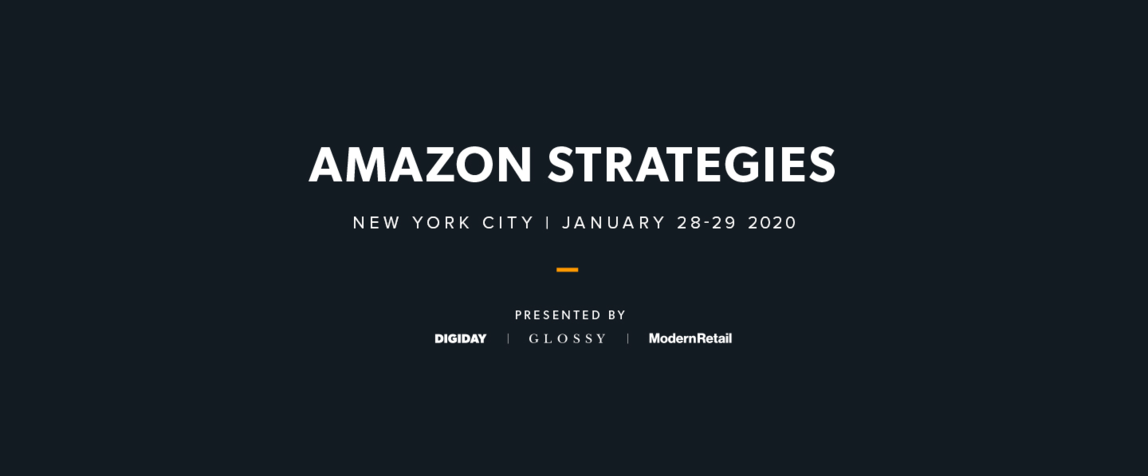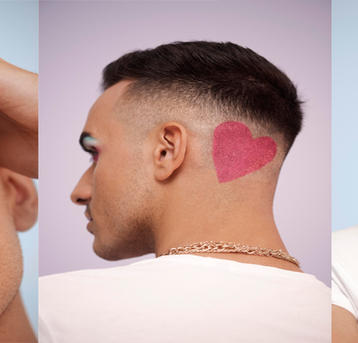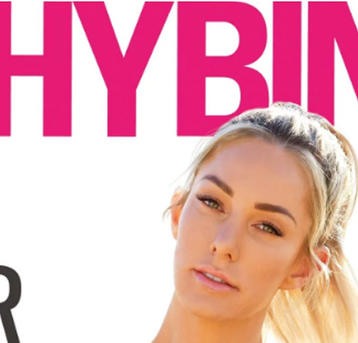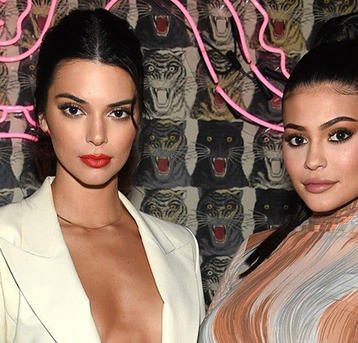Amazon is the largest online retailer in the world, with $242 billion in annual revenue. The juggernaut presents new opportunities for retailers, but navigating the platform can be tough, this where Amazon Strategies comes into play.
A two day forum and workshop held in New York at the end of January, Amazon Strategies, presented by Digiday, Glossy and Modern Retail, brought together companies who shared their secrets to using Amazon to their advantage.
So get ready to take notes, as below, Glossy has shared the top four takeaways for beauty and fashion brands.
Amazon can play into a strong omnichannel strategy
Rina Yashayeva, VP of strategy at media and marketing agency, Stella Rising, said Amazon should be a part of every beauty brand’s omnichannel strategy. The main reason: more women (75 per cent) are shopping for beauty products on Amazon than any other site, according to Stella Rising’s proprietary research community of 25,000 women. They listed convenience, fast shipping, wide product variety and best prices as their main reasons for choosing Amazon.
“But Amazon cannot function in a silo,” she said. “Brands need to build a holistic strategy for Amazon to be a part of. Customers are using different channels for discovery, trial, replenishment and reviews."
Getting creative with product images can pay off
Maggie Hickey, director of strategic partnerships at marketing software company, Dash Hudson, stressed that brands should “step away from the white background” and think of Amazon product images in much the same way they think of Instagram photos.
“Creative is the heartbeat of your brand,” she said. “Even on Amazon, it takes up half the page. This is an opportunity where you can really stand out and say something about yourself. Your audience on Amazon is often different than that on your social channels and website.”
Selling on Amazon can be a brand protection play
Emma Sayles, Amazon account manager at Moroccanoil, said the brand started selling on Amazon to gain control over its presence on the marketplace, which was formerly driven by non-approved distributors selling products, and included counterfeits and diluted products.
“The average consumer is not going to understand that this is not your brand,” she said, of the unauthorised products. “It harms your brand identity and the story you want to be out there.”
Sayles said she set out to provide a luxury, elevated experience on Amazon, within Amazon’s parameters. For Moroccanoil, in addition to updating each product page with features including five images and a video, that meant launching a brand page.
“The brand page is where you can really bring home that you are on Amazon — that this is not some third-party reseller that isn’t approved by the brand,” she said.
Product title is everything
Stephanie Leffler, CEO of OneSpace, talked about how brands can optimise their presence on Amazon to improve visibility and conversion. OneSpace, which also helps brands optimise content on the e-commerce sites of retailers including Target, Walmart and CVS, has access to search data from six million U.S.-based shoppers, said Leffler. She added that 90 per cent of online purchases begin with search, and on Amazon, half of a product’s organic search value is coming from its title, over its description and product detail bullets.
“Sometimes on the brand side, we get very caught up in what we put on the package and what we think of the product as, but when we spend time looking at what the consumers call the product, they’re calling it something different,” she said. “Face wash may not seem as high-end as facial cleanser, but that is what the majority of consumers are saying when they want this product.”




